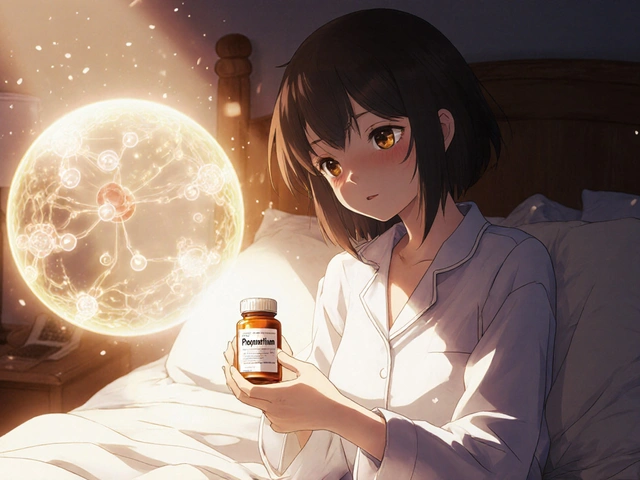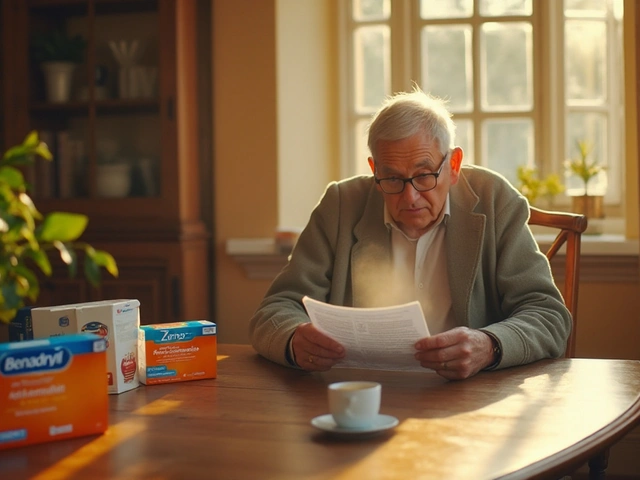Medication Discounts: How to Save on Prescription Drugs
High drug bills hit hard. If you're tired of paying full price, here are clear, practical ways to cut costs without risking your health. These tips work for short-term meds and long-term prescriptions.
Compare prices before you buy. Use price-compare tools, pharmacy apps, and coupon sites to check several pharmacies at once. A 30-day supply can vary widely between stores. Don’t assume the closest pharmacy is cheapest.
Ask your doctor about generics and dose options. Generic drugs are chemically the same as brand-name ones and often cost much less. Sometimes switching to an equivalent dose or a different formulation lowers cost and keeps you covered by insurance.
Use manufacturer coupons and patient assistance programs. Drug makers often offer free or reduced-cost help for people who qualify. If a medicine has a manufacturer savings card or savings program, it can cut out-of-pocket costs substantially for a year or more.
Consider mail-order and 90-day supplies. Many plans reduce per-month costs when you order three months at once. Mail-order pharmacies also run discounts that local stores don’t. Watch shipping times and storage rules for temperature-sensitive meds.
Check reputable international or Canadian pharmacies only when safe. Buying from licensed Canadian pharmacies can be cheaper for some drugs, but verify licensing and require a prescription. Never buy from sites that don’t ask for a valid prescription or that sell controlled substances without oversight.
Look into coupons and discount cards. Apps and websites list coupons you can show at checkout. Coupons sometimes beat your insurance copay, so always compare the coupon price with your insurance cost.
Talk to your pharmacist. Pharmacists know which brands, generics, or therapeutic alternatives are cheapest. They can also tell you about manufacturer offers and whether an alternative will work for you.
Review your insurance and formularies annually. Insurance plans change which drugs they prefer. If your medication moves to a higher tier, discuss options with your prescriber to keep costs down.
Explore patient support groups and community health centers. Local clinics, nonprofit programs, and disease-specific foundations sometimes offer free samples or low-cost options for people who qualify.
Watch for scams. If a site promises huge discounts without a prescription or pressure to pay by wire transfer, walk away. Use sites with clear contact information, pharmacy licenses, and secure payment pages.
Quick safety checks
Verify the pharmacy license, read recent customer reviews, and confirm a licensed pharmacist can answer questions. Check that the site requires a prescription and uses secure payment. If contact info is missing, don’t buy.
Smart coupon use
Compare coupon price vs. your insurance copay, check expiration dates, and print or save the coupon on your phone. Stack manufacturer offers with pharmacy discounts when allowed, and ask the cashier to apply the best price.
Where to start right now: compare prices for your current meds on a coupon site, call your pharmacist, and ask your doctor whether a generic or 90-day supply is right. Small steps add up to big savings.

2025's Top Alternatives to GoodRx for Affordable Meds
Looking for alternatives to GoodRx in 2025? We've got you covered with a list of platforms offering similar or even better options for affordable medications. From OptumRx's comprehensive services with delivery discounts to other innovative tools, you'll find options catering to various needs. Learn the pros and cons of each to decide the best fit for your medication management. Discover how these platforms stand against each other in cost savings, accessibility, and additional features.
Detail




